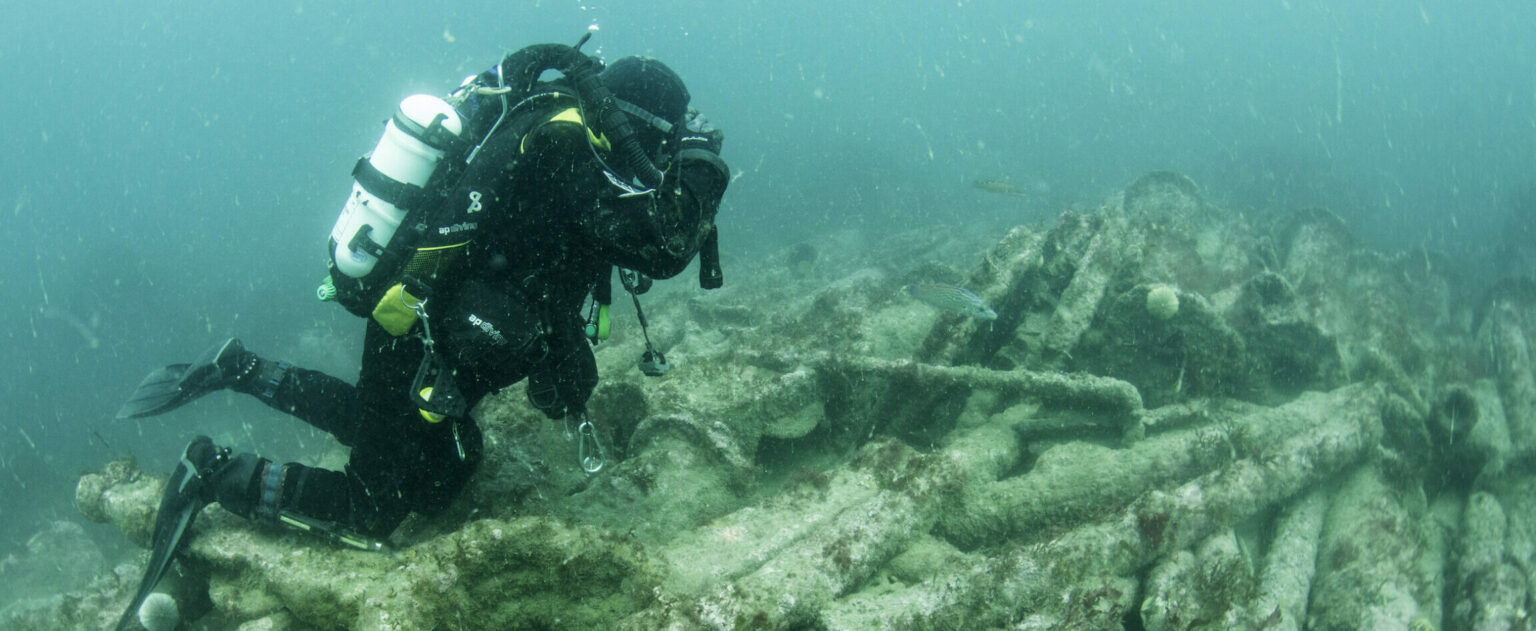Vector images in archaeology
What are vector images?
Vector graphics, in contrast to raster images, represent objects as geometric entities or vector objects rather than as an arranged grid of pixels. Vector objects can include lines, circles, rectangles and curves, all connected by points and paths. These objects are defined by co-ordinates and mathematical formulae thus making them truly scalable without loss of quality. Vector graphics may contain two- or three-dimensional geometry and many files may also contain both vector and raster data.
Vector images are relatively commonplace in archaeology and can be created in a number of contexts. The most common examples are 2D images/illustrations, usually produced for publication purposes, often derived from CAD (e.g. archaeological feature or building illustration) or GIS (site plans or distributions) datasets. Very frequently these images are incorporated into a PDF file as part of a site or project report.
This Guide aims to cover simple 2D vector images that are not part of a discrete technology such as CAD or GIS and vector files created in these applications are covered elsewhere in these Guides. Vector images are also covered in great detail in the AHDS Digital Images Archiving Study (Anderson et al 2006) and in the following JISC Digital Media documents and readers are advised to consult these where further details is required:



